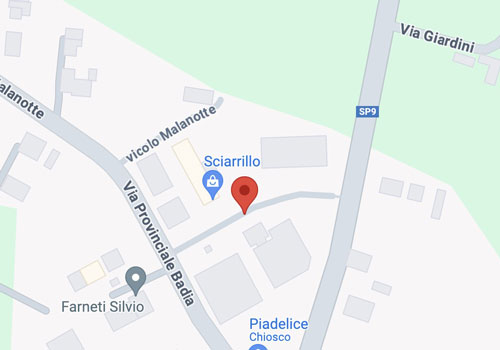1) Where does the term “piadina” come from?
The term piadina is a diminutive of piada and means “long dish, pan” from the Greek pláthanon.
2) When was the first piadina made?
Piadina was born in Romagna around 1200 BC , before the Roman Empire. The first “piadinari” were probably the Etrusch i, famous for the use of cereals and the preparation of “farinate”. Despite the advent of the first leavened breads, unleavened piade cooked under ashes remained a popular dish for the Romans. The first known historical document that speaks of the “Piada” dates back to 1371 after Christ. The term is in fact found within the description of Romagna compiled by Cardinal Angelico.
3) When did it become internationally famous?
In the 40s and 50s, when Romagna became a tourist destination for all Italians and many foreigners and the piadina was identified as a symbol of seaside holidays on the Riviera. < / p>
4) What is the true and only traditional recipe of the Romagna piadina
Mix 500 g of flour with 300 g of lard (or extra-virgin olive oil), salt, a pinch of baking soda and as much warm water as you need to get a rather hard dough. Roll it out in circles about 1/2 cm thick and 15 cm in diameter. Cook the wraps on the testo or in a pan, turning them often and pricking the surface with the tips of a fork.
It is eaten split in half, stuffed with soft cheese, salami, sausage or browned slices of bacon. Good homemade piadina is always accompanied by abundant Sangiovese di Romagna.
5) Is there a “certification” for the piadina?
Yes, the piadina is a product that boasts the IGP, Protected Geographical Indication mark. There is a Protection Consortium based in Rimini, which keeps the disciplinary of the real PGI piadina http://www.consorziopiadinaromagnola.it/wp-content/uploads/2018/09/Disciplinare_piadina_romagnola_4.11.2014.pdf







